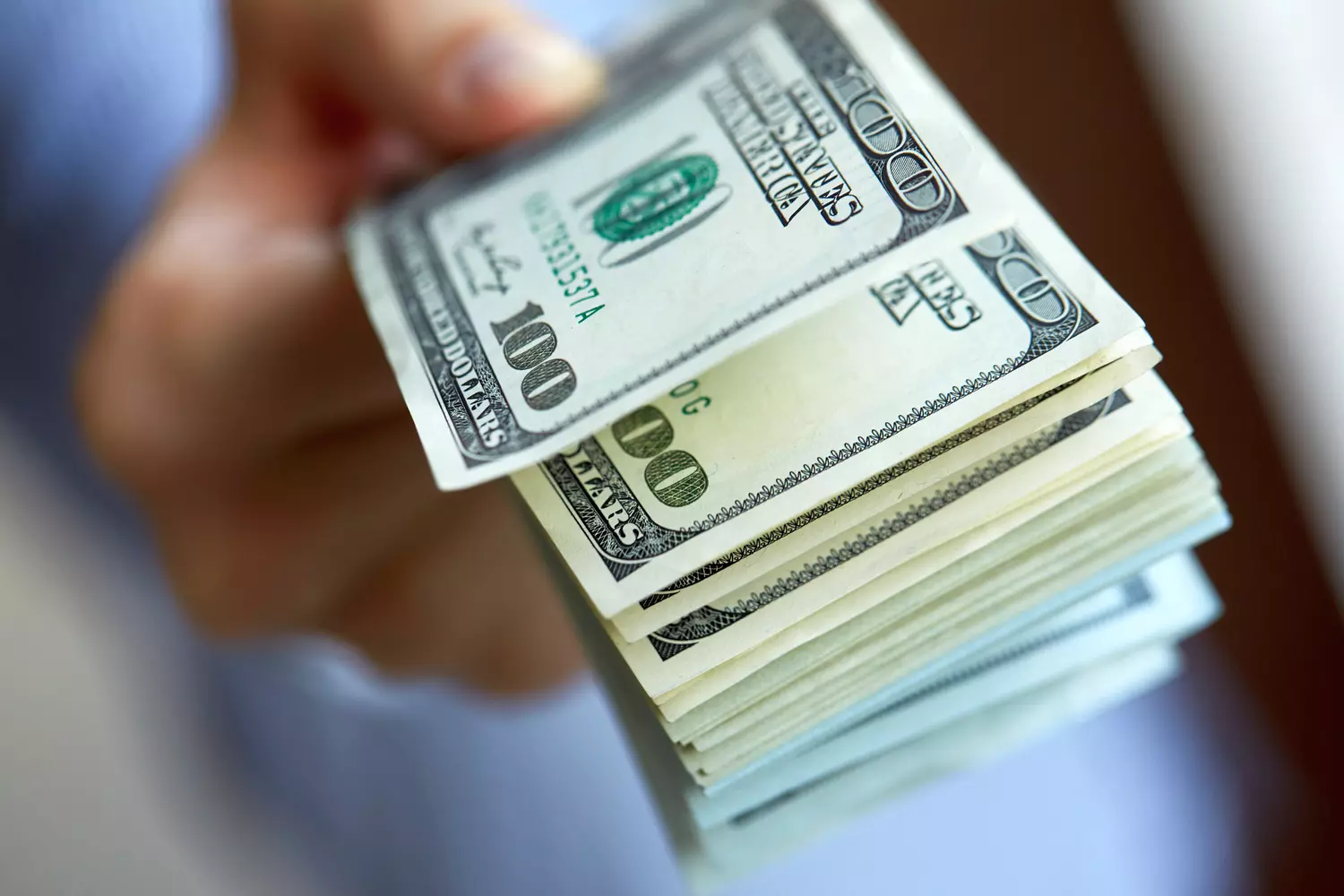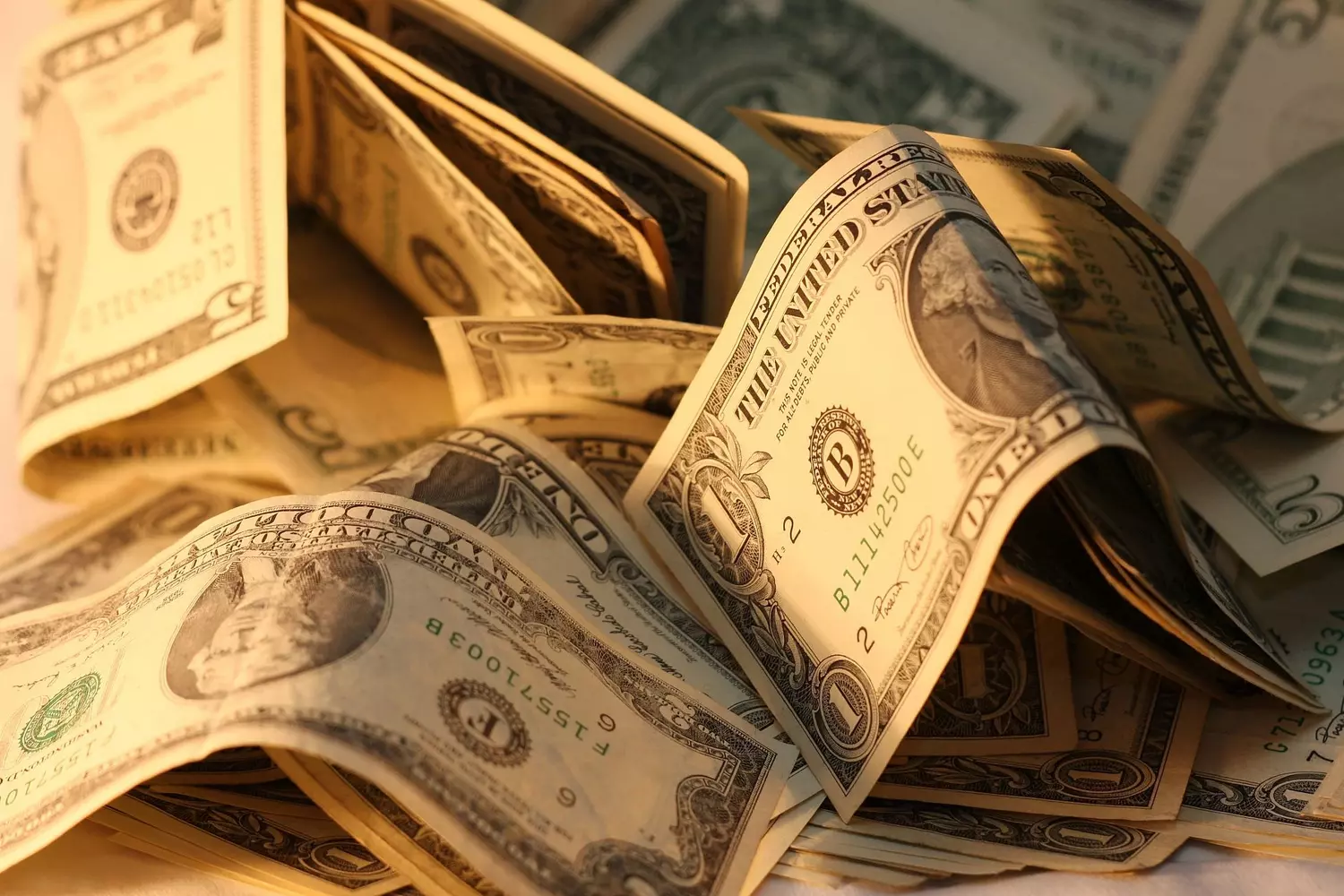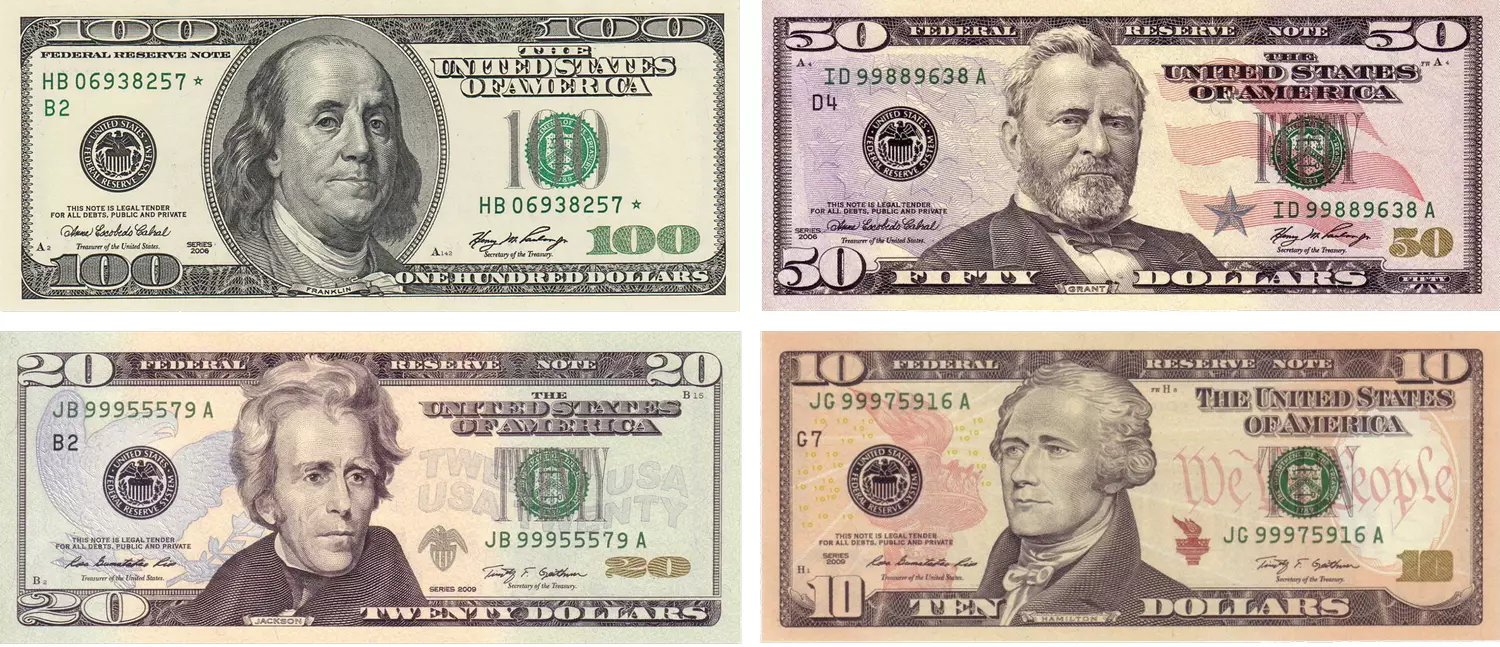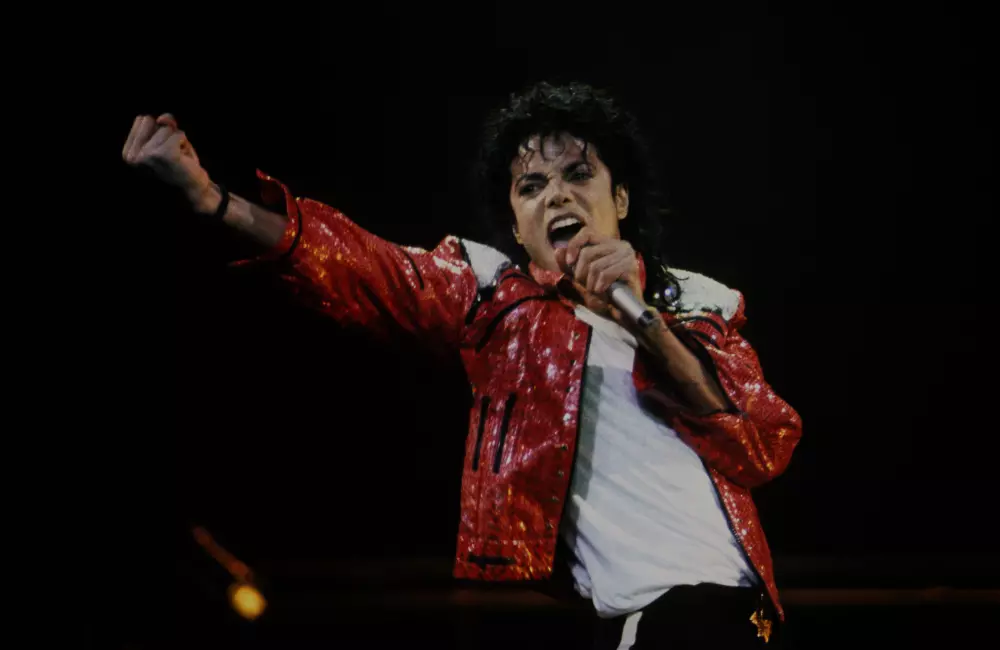A Significant Role in Our Lives
Money plays a substantial role in our lives, and the history of currency can be quite fascinating. Take the US dollar, for example, one of the world's primary reserve currencies. Besides America, this name is used in 26 other countries today.
Though American paper currency has undergone many changes, its design has largely been dictated by practical considerations. In this article, we will delve into the history of the dollar, the types and denominations of American bills. Let's go!

History of US Dollar Bills
The first dollars were issued as silver coins, and only in 1861 were they replaced by paper bills. Initially, only the edges were green, while the center was black. This led to about a third of the American currency being counterfeited, making the production of fake money a significant problem for the country at the time.
Consequently, the first US Secret Service was established in 1865 to combat counterfeiters. Green paper with special watermarks began to be used for printing. Why green? It was the cheapest color to produce at the time and was resistant to external influences, evoking trust from a psychological perspective.
Interesting Facts
- Most bills feature American presidents, but there are exceptions. Alexander Hamilton and Benjamin Franklin were not presidents but are considered founding fathers of America.
- The only time a woman was depicted on a dollar bill was Martha Washington on a $1 bill, as ordered by her husband, the first president of the country.
- Despite the emphasis on equality, no African American has ever been featured on the face of a dollar bill throughout history.
- Most banknotes are still printed according to the basic design approved in 1928, which states that the front should feature a portrait and the back should have monuments.

How to Get on a Dollar Bill
The faces on all currently circulating US bills include five American presidents and two founding fathers. They are all men: George Washington, Thomas Jefferson, Abraham Lincoln, Alexander Hamilton, Andrew Jackson, Ulysses S. Grant and Benjamin Franklin. The faces on higher denomination bills that are no longer in circulation — $500, $1,000, $5,000, $10,000, and $100,000 — also belong to presidents and secretaries of the treasury.
The person who has the final say on whose face appears on a bill is the Secretary of the Treasury. However, the exact criteria for determining who is featured on US currency, aside from one obvious detail, remain unclear. The Treasury Department only states that it considers "persons whose place in American history is well-known."
Look at the faces on each American bill. Notice anything? Exactly. They are all deceased because federal law prohibits depicting the face of any living person on currency.

Who Is Depicted on US Dollar Bills
The Most Common Dollar Bills
Whose Faces Are on American Bills?
$1 Bill — George Washington
George Washington, undoubtedly, fits the bill as one of those "faces whose place in American history is well known."
Washington, the first President of the United States, appears on the front of the $1 bill, and there are no plans to change its design. The $1 bill dates back to 1862, and initially, it did not feature Washington. Instead, it displayed Treasury Secretary Salmon P. Chase. Washington's face first appeared on the $1 bill in 1869.
$2 Bill — Thomas Jefferson
The $2 bill, first issued by the government in 1862, initially featured the first Secretary of the Treasury and Founding Father Alexander Hamilton. Jefferson's face was added in 1869 and has remained on the bill ever since.
$5 Bill — Abraham Lincoln
President Abraham Lincoln's face appeared on the $5 bill in 1914 and has survived all redesign proposals since.
$10 Bill — Alexander Hamilton
The first $10 bill was issued by the government in 1914 and featured President Andrew Jackson. Hamilton's face was added in 1929, and Jackson moved to the $20 bill.
$20 Bill — Andrew Jackson
The first $20 bill was issued in 1914 and featured President Grover Cleveland. Jackson's face was added in 1929, and Cleveland moved to the $1,000 bill.
$50 Bill — Ulysses S. Grant
President Ulysses S. Grant's face has been on the $50 bill since the denomination was standardized in 1914. As a Union general, Grant served two presidential terms and helped the country recover after the Civil War.
$100 Bill — Benjamin Franklin
Founding Father and famous inventor Benjamin Franklin's face has appeared on the $100 bill since 1914, and the bill has remained unchanged since.

The Rarest US Bills
$500 Bill — William McKinley
President William McKinley's face appeared on the $500 bill, which is no longer in circulation. It was first issued in 1918, initially featuring Chief Justice John Marshall.
$1,000 Bill — Grover Cleveland
President Grover Cleveland's face has appeared on the $1,000 bill since 1918. The bill was last printed in 1945, but the Treasury states that Americans still hold onto these banknotes.
$5,000 Bill — James Madison
President James Madison's face appeared on the $5,000 bill in 1918. The issuance of this bill ceased in 1945.
$10,000 Bill — Salmon P. Chase
Former Treasury Secretary Salmon P. Chase's face is on the $10,000 bill, printed in 1918. Chase, who served under Lincoln's administration, is perhaps the least known among the featured faces.
$100,000 Bill — Woodrow Wilson
Yes, there is such a thing as a $100,000 bill. However, this "gold certificate" was used only for transactions between Federal Reserve Banks and never circulated among the public. In fact, the $100,000 bill was not considered legal tender outside of bank transactions. This bill is now worth over $1 million to collectors.
American currency has undergone numerous changes throughout its history. Rare bills, such as those mentioned above, represent not only historical value but also significant interest to collectors. If you are fascinated by the history of American currency or wish to start collecting rare bills, it is always useful to know which ones are the rarest and most valuable.

American currency has undergone numerous changes throughout its history. Rare banknotes, like the ones we've discussed, are not only of historical value but also of great interest to collectors. If you're fascinated by the history of American currency or want to start collecting rare banknotes, it's always useful to know which ones are considered the rarest and most valuable.
Visit the USA, the birthplace of the dollar and a thriving economy, with American Butler. Book a transfer from the airport to an ocean-view apartment, embark on private excursions, rent a luxury car, and enjoy top-tier service.
Discover cultural landmarks, prestigious restaurants, and exclusive entertainment. Learn more about life in America, its business opportunities, education, and real estate market.
Contact us today and let your perfect journey to the USA begin!
































